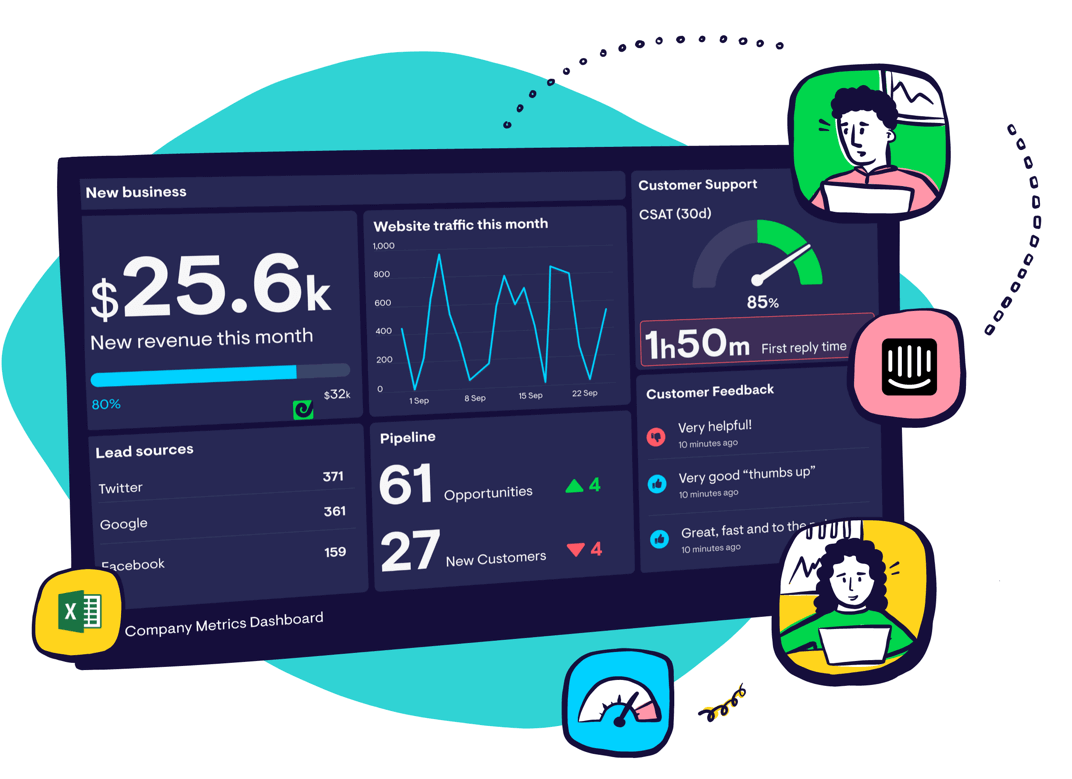Average Revenue Per Account (ARPA)
What is Average Revenue Per Account (ARPA)?
The SaaS Metric Average Revenue Per Account (ARPA) is the revenue generated per account, usually calculated on a monthly or yearly basis. It is sometimes called Average Revenue Per User (ARPU) or Average Revenue Per Customer (ARPC). In some businesses, it’s possible for a customer to have multiple accounts, so these customer-based metrics can vary from ARPA.
Advice from VCs: Why ARPA is critical
“It is useful to look at this for just the new customers booked in the month. Plot a trendline to show you the average price point that your new customers have chosen.” - David Skok, General Partner at Matrix Partners
How to calculate Average Revenue Per Account:
($) Total monthly recurring revenue / (#) total accounts = ($) Average Revenue Per Account (ARPA)
ARPA is calculated by dividing your total monthly recurring revenue (MRR) by the total number of accounts. This can easily be converted to a yearly metric by replacing the MRR with annual recurring revenue (ARR).
There are two other types of ARPA: new and existing. This is particularly relevant if you significantly change your pricing and want a more accurate average revenue per new account. It’s also helpful to understand how your ARPA is evolving based on the behavior of existing accounts compared to new accounts.
Average revenue per existing account is calculated using the same formula, but segmenting both the MRR and number of accounts to the time period you want (perhaps last year).
Average revenue per new account is also calculated with the same formula shown above, but limits the MRR and number of accounts to whatever time period you specify as ‘new’ (perhaps this year).
Pros:
ARPA is valuable for comparing groups or cohorts of accounts by month. This is helpful for exposing trends in account expansion and contraction, evaluating pricing plans (are you leaving money on the table?), and understanding how your ARPA is evolving.
Cons:
Average Revenue Per Account can easily become a vanity metric if you don’t track this metric in the context of your Net MRR Growth Rate, LTV:CAC Ratio, and other key SaaS metrics. One of the biggest criticisms of this metric is how outliers - accounts generating extremely high or extremely low revenue - can skew the average, often giving a false positive (ARPA looks higher because of one or two massive accounts). This generally happens when there’s a very wide pricing range - for example $25/month up to $10,000/month. Keep this metric in check by tracking other relevant SaaS metrics alongside it.
Relevant SaaS Metrics and KPIs:
If you’re adding Average Revenue Per Account to your SaaS dashboard, you might want to also consider tracking these related SaaS metrics for context.
Industry Benchmarks
The Average Revenue Per Account is going to vary depending on your product and pricing. Focus on internal benchmarks such as your ARPA from last quarter or last year.
